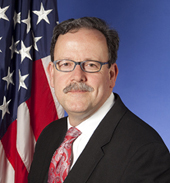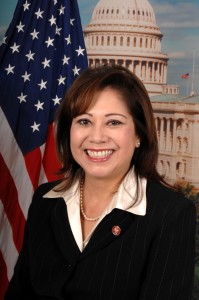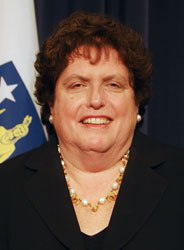
Unemployment Rate Steady at 9.1 Percent in September
Nonfarm payroll employment edged up by 103,000 in September, and the unemployment rate held at 9.1%, the US Bureau of Labor Statistics reported today. The increase in employment partially reflected the return to payrolls of about 45,000 telecommunications workers who had been on strike in August. In September, job gains occurred in professional and business services, health care, and construction. Government employment continued to trend down.
Household Survey Data
The number of unemployed persons, at 14.0 million, was essentially unchanged in September, and the unemployment rate was 9.1%. Since April, the rate has held in a narrow range from 9.0 to 9.2%
Among the major worker groups, the unemployment rates for adult men (8.8%), adult women (8.1%), teenagers (24.6%), whites (8.0%), blacks (16.0%), and Hispanics (11.3%) showed little or no change in September. The jobless rate for Asians was 7.8%, not seasonally adjusted.
The number of long-term unemployed (those jobless for 27 weeks and over) was 6.2 million in September. These individuals accounted for 44.6% of the unemployed.
Both the labor force and employment increased in September. However, the civilian labor force participation rate, at 64.2%, and the employment-population ratio, at 58.3%, were little changed.
The number of persons employed part time for economic reasons (sometimes referred to as involuntary part-time workers) rose to 9.3 million in September. These individuals were working part time because their hours had been cut back or because they were unable to find a full-time job.
In September, about 2.5 million persons were marginally attached to the labor force, about the same as a year earlier. (The data are not seasonally adjusted.) These individuals were not in the labor force, wanted and were available for work, and had looked for a job sometime in the prior 12 months. They were not counted as unemployed because they had not searched for work in the 4 weeks preceding the survey.
Among the marginally attached, there were 1.0 million discouraged workers in September, down by 172,000 from a year earlier. (The data are not seasonally adjusted.) Discouraged workers are persons not currently looking for work because they believe no jobs are available for them. The remaining 1.5 million persons marginally attached to the labor force in September had not searched for work in the 4 weeks preceding the survey for reasons such as school attendance or family responsibilities.
Establishment Survey Data
Total nonfarm payroll employment edged up by 103,000 in September. Since April, payroll employment has increased by an average of 72,000 per month, compared with an average of 161,000 for the prior 7 months. In September, job gains occurred in professional and business services, health care, and construction. Government employment continued to trend down.
Employment in professional and business services increased by 48,000 over the month and has grown by 897,000 since a recent low in September 2009. Employment in temporary help services edged up in September; this industry has added 53,000 jobs over the past 3 months. In September, employment growth continued in computer systems design and in management and technical consulting services.
Health care employment continued to expand in September, with an increase of 44,000. Within the industry, job gains occurred in ambulatory health care services (+26,000) and in hospitals (+13,000).
Construction employment increased by 26,000 over the month, after showing little movement since February. The over-the-month gain was due to employment increases in the nonresidential construction industries, which includes heavy and civil construction. Mining employment continued to trend up in September.
Employment in information was up by 34,000 over the month due to the return of about 45,000 telecommunications workers to payrolls after an August strike.
Manufacturing employment changed little in September (-13,000) and has been essentially flat for the past 2 months.
Within retail trade, employment declined in electronic and appliance stores (-9,000) in September. Employment in wholesale trade, transportation and warehousing, financial activities, and leisure and hospitality changed little.
Government employment continued to trend down over the month (-34,000). The U.S. Postal Service continued to lose jobs (-5,000). Local government employment declined by 35,000 and has fallen by 535,000 since September 2008.
The average workweek for all employees on private nonfarm payrolls edged up by 0.1 hour over the month to 34.3 hours following a decrease of 0.1 hour in August. The manufacturing workweek edged down by 0.1 hour in September to 40.2 hours. Factory overtime increased by 0.1 hour to 3.2 hours. The average workweek for production and nonsupervisory employees on private nonfarm payrolls edged up by 0.1 hour to 33.6 hours in September.
In September, average hourly earnings for all employees on private nonfarm payrolls increased by 4 cents, or 0.2%, to $23.12. This increase followed a decline of 4 cents in August. Over the past 12 months, average hourly earnings have increased by 1.9%. In September, average hourly earnings of private-sector production and nonsupervisory employees increased by 3 cents, or 0.2%, to $19.52.
The change in total nonfarm payroll employment for July was revised from +85,000 to +127,000, and the change for August was revised from 0 to +57,000.












Vision Payroll